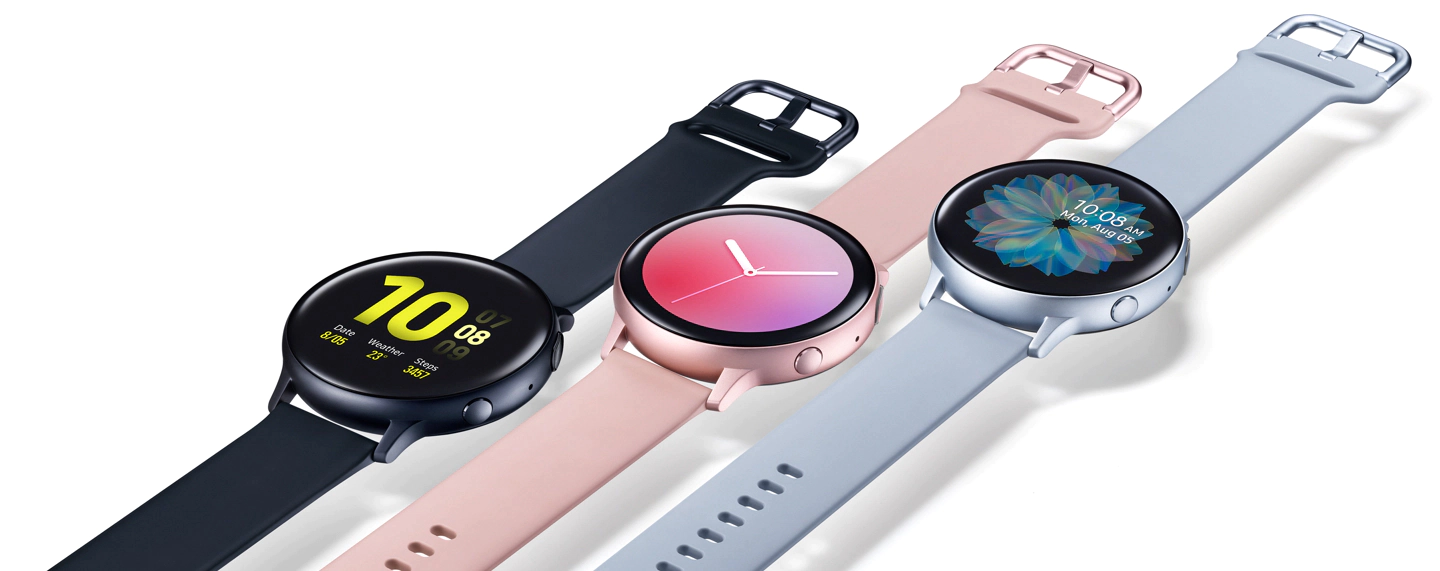Gadget of the Week
Taking the pulse of insurance
As activity bands become better at collecting health data, life insurance is catching up, writes ARTHUR GOLDSTUCK
What is it?
When someone first coined the phrase “grudge purchase”, the description was probably most apt for insurance, of any kind: spending money “just in case” of a damaging occurrence. For many, life insurance is the most galling expense in this category: spending money on something you will never see.
But what if the tables were turned? If the structure of that insurance was such that it could prolong your life? Suddenly, it would be a welcome expense. If, in the process, the cost of that insurance comes down, it is a win-win situation.
That is the first premise of the thinking behind 1Life, a policy that has built-in a series of technology interventions to encourage healthier lifestyles.
1Life has partnered with Samsung SA to create a product called 1Life Pulse, a lifestyle monitor and management solution that tracks and guides heart, activity and sleep in order to monitor and improve overall wellbeing.
New 1Life policyholders who take out cover for R1-million or more receive a Samsung Galaxy Watch Active 2, linked to their policy number. The system then analyses biometric data to give users an indication of changes in their health, enabling them, for example, to take precautions in the event of early detection of Covid-19.
“Recent studies indicate that biometric data collected on wearables can be used as early warning indicators of Covid-19,” says Laurence Hillman, CEO at 1Life. “There’s a great opportunity here to empower consumers to make informed decisions using this data – helping them take precaution or seek medical assistance in good time.”
We were fortunate not to need to test the Covid-19 functionality of the system. The health monitoring is not dramatically different to what is offered by, for example, Fitbit devices. It uses an app called VeoSens to collect and analyse activity and biometric data, and provide a wellness dashboard. This includes overall scores for each of Activity, Fitness, Heart and Sleep, meaning one does not get a sense of false complacency just because only activity levels are high. Each of these, in turn, allows for a drill-down for deeper analysis of daily or ongoing performance.
The information is better presented than on the Fitbit app, and is better geared towards improving behaviour in order to improve scores. The scores are better explained, meaning one is more empowered to take steps, so to speak, to improve them.
While such comparisons can be debated, the big difference lies in the Coverage measure: after 15 days of initial use, bonus life coverage begins to kick in. On each day, an expected bonus is shown alongside the amount of initial life coverage.
The watch itself is also a marvel of miniaturised functionality, capable of housing dozens of apps and functions, including contactless payments via Samsung Pay, downloadable songs via Spotify for offline play, notifications of message, email and calendar services, detailed weather, and access to the Galaxy app store.
That said, the Galaxy Watch Active 2 has a miserable battery life, and is likely to give up the ghost in the middle of a long run or while sleeping, losing a chunk of activity that could contribute to increased life cover. This means one has to be alert to battery levels, and charge at least once a day to ensure no data is lost.
How does it work?
1Life Pulse is, before anything else, a health management solution that tracks and guides heart, activity and sleep in order to monitor overall wellbeing. It then rewards this activity directly: everyone gets a good night’s sleep or goes for a walk or run, life cover can increase by up to R216 per day, or up to R16 320 per month, without the premium increasing. Over two years, policyholders can grow additional life cover by up to R500 000 – at the same time as improving wellbeing.
How much is it?
Life insurance premiums are based on specific risk profiles, and each individual is different. Factors that affect risk profile include age, gender, health and lifestyle. Because there are no broker fees, the costs are usually substantially lower than traditional life insurance.
Samsung Galaxy Watch Active 2 costs from R3,300 upward, depending on specific model, but is free to new 1Life Pulse policyholders.
Why should you care?
As activity bands become better at collecting health data, medical insurance has integrated these devices into their service offerings, especially in using rewards programmes and lower premiums to incentivise an active lifestyle. However, life insurance has remained behind the curve, basing premiums on more rigid measures like age and medical history, without taking into account general health and lifestyle.
Products like 1Life Pulse bring the sophisticated lifestyle monitoring of medical insurance offerings to life insurance.
“This is innovation in action and being able to provide South Africans with vital information even before they are symptomatic cements the power of technology in modern society and amplifies the value of wearable technology,” says Justin Hume, director of integrated mobility at Samsung South Africa.
Biggest negatives
- The 40mm version of the Samsung Galaxy Watch Active 2 has a battery life of about a day, and often switches off during sleep or activity, meaning one loses key measures.
- ECG does not work independently of a smartphone.
Biggest positives
- So light, it is one of the most comfortable smartwatches on the market
- Charges fully in about two-and-a-half hours.
- Onboard storage allows one to download music for offline listening.
- Standalone GPS.
- Activity contributes to life cover, meaning that the device is not only free with the policy, but helps to build value in the policy.
* Goldstuck is founder of World Wide Worx and editor-in-chief of Gadget.co.za. Follow him on Twitter on @art2gee

















